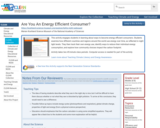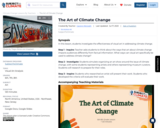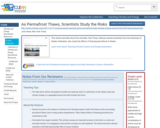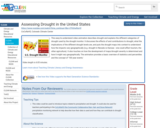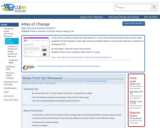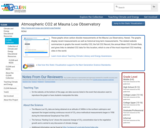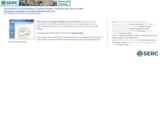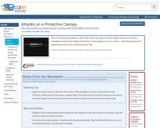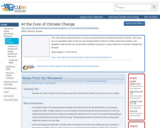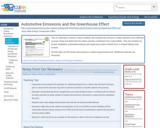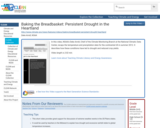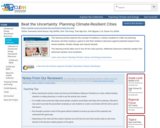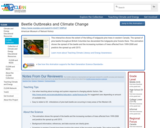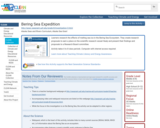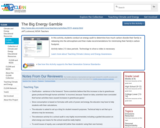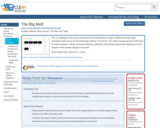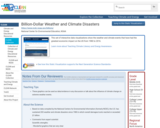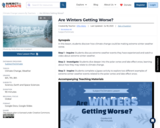
SYNOPSIS: In this lesson, students discover how climate change could be making extreme winter weather worse.
SCIENTIST NOTES: This is a great lesson that explains key drivers of winter storms. Students will learn about the polar vortex and lake effect snow and how they influence the jet stream, air circulation, and polar and mid-latitude climates. The cascading effect is worrisome, especially in vulnerable communities. The class activity will inspire students to communicate ways communities could respond to these weather events. The videos, materials, charts, and datasets embedded in the lesson were fact-checked, and this lesson has passed our science review process.
POSITIVES:
-Connecting climate change and extreme winter weather can feel counterintuitive, which will challenge students' critical thinking skills.
-The lesson provides many opportunities for students to share ideas with their peers.
-This lesson can be taught in an environmental science class.
ADDITIONAL PREREQUISITES:
-Advertisements may play before some of the videos.
-Students should be familiar with climate change, the difference between weather and climate, and the various types of extreme weather.
-Teachers should make it clear that on average, global temperatures are rising even if there is sometimes more extreme cold and snowy weather.
-Teachers should make sure students understand that this lesson is not about if anthropogenic climate change is real. Instead, this lesson is looking at the specific connections between climate change and the polar vortex and lake effect snow.
DIFFERENTIATION:
-For students who may need more support in the Investigate section, classes can create their explanations of the polar vortex and lake effect snow together.
-This lesson could be split over two class periods. In the first class, students would complete the Inquire section and the first half of the Investigate section about the polar vortex. In the second class, students would complete the second half of the Investigate section about lake effect snow and the Inspire section.
- Subject:
- Geoscience
- Physical Science
- Space Science
- Material Type:
- Lesson Plan
- Provider:
- SubjectToClimate
- Author:
- Effie Albitz
- Date Added:
- 06/30/2023
